Straight after visiting Ritsurin Garden, we had lunch nearby at Sanuki Udon Ueharaya, a lively little cafeteria-style restaurant where the udon is affordable and delicious, and the staff were very patient with our foreign foibles.
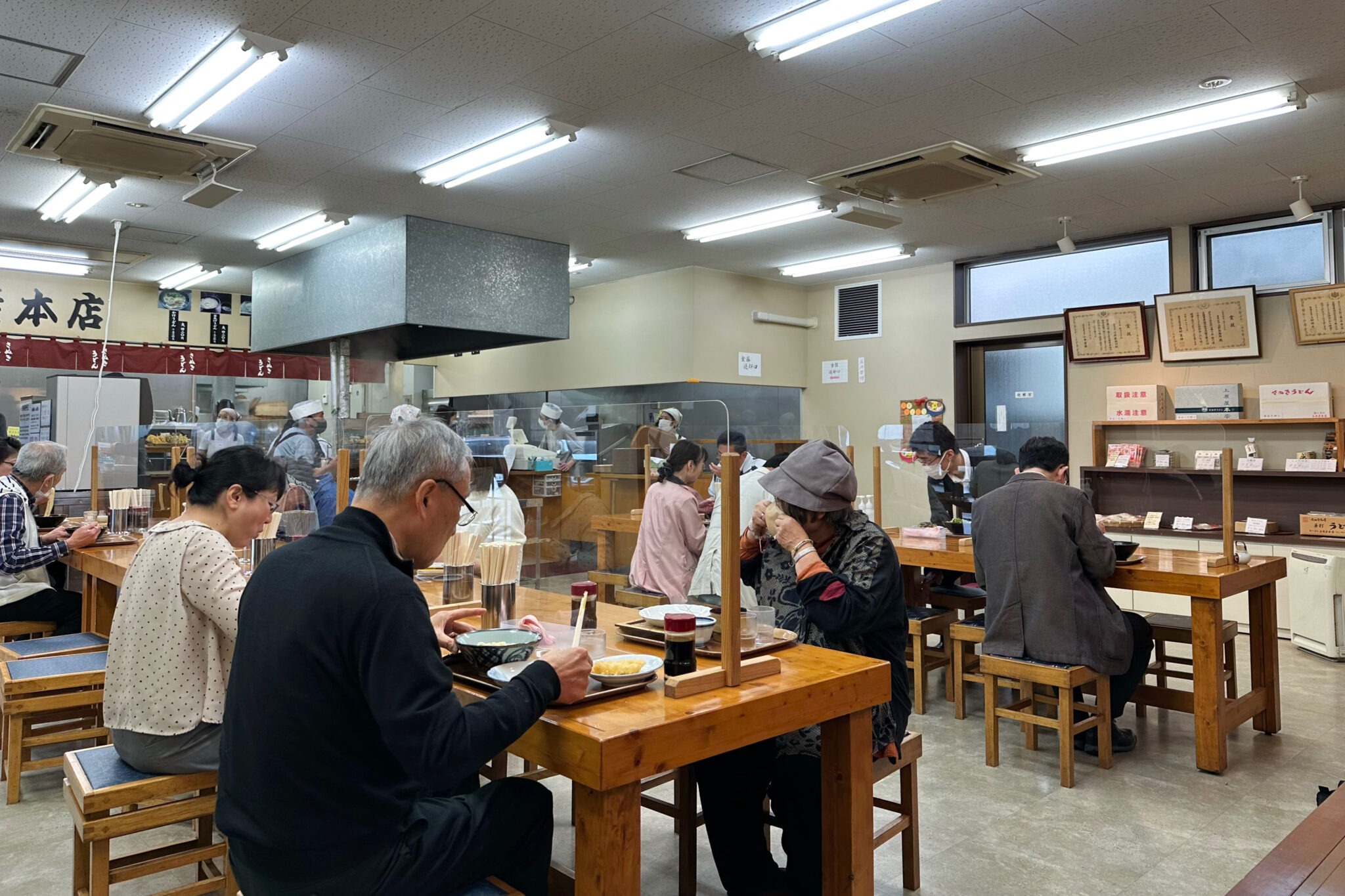
After eating, we hot-footed it to catch a train (that we missed by a minute) before another mad dash to a different station where we caught a Kotoden train to Yakuri Station (八栗駅).
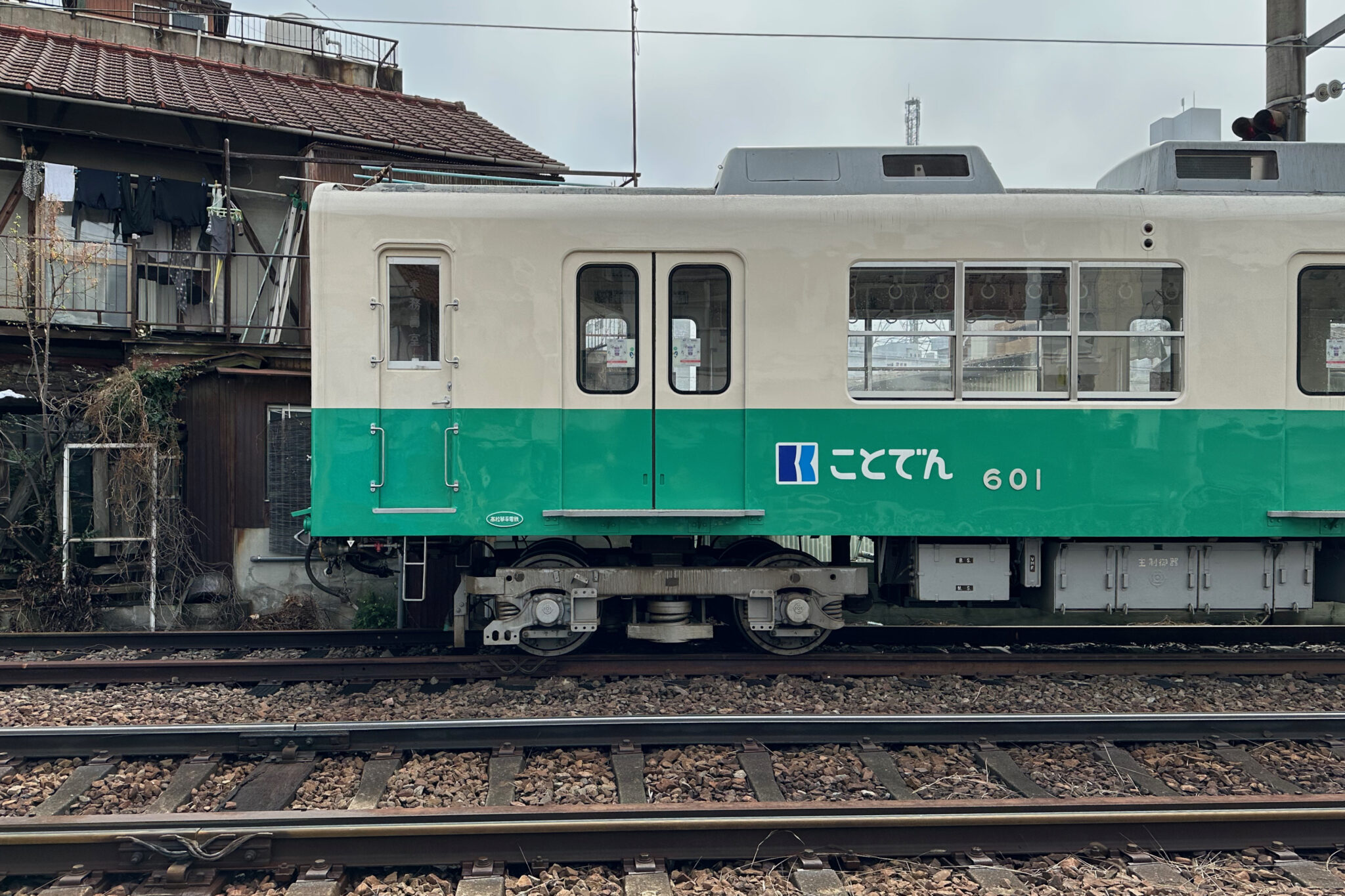
We were in the sleepy Mure (牟礼町) quarter to the east of Takamatsu in order to visit the Isamu Noguchi Garden Museum (イサム・ノグチ庭園美術館), that of one of the twentieth century’s most critically acclaimed sculptors.
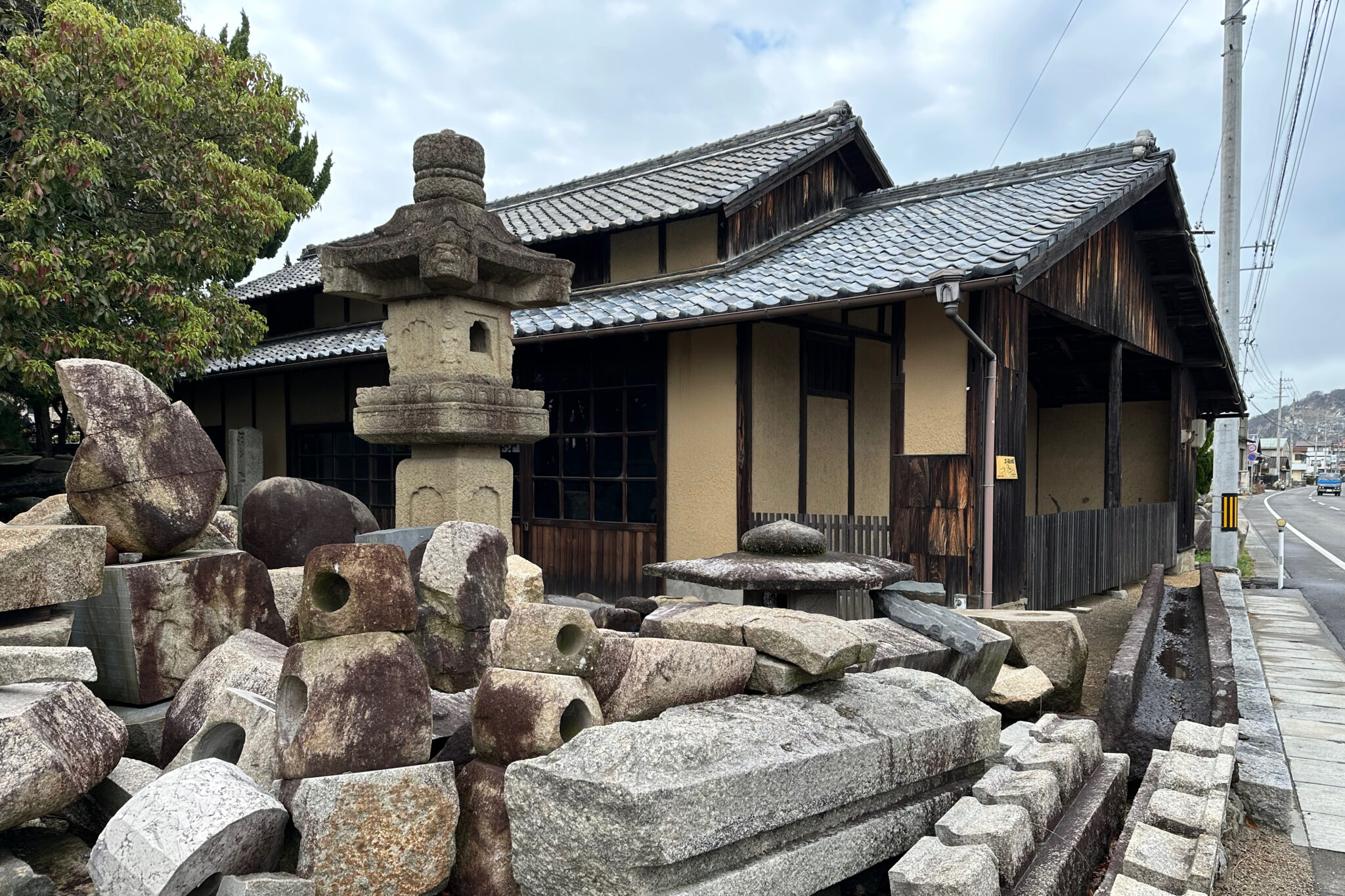
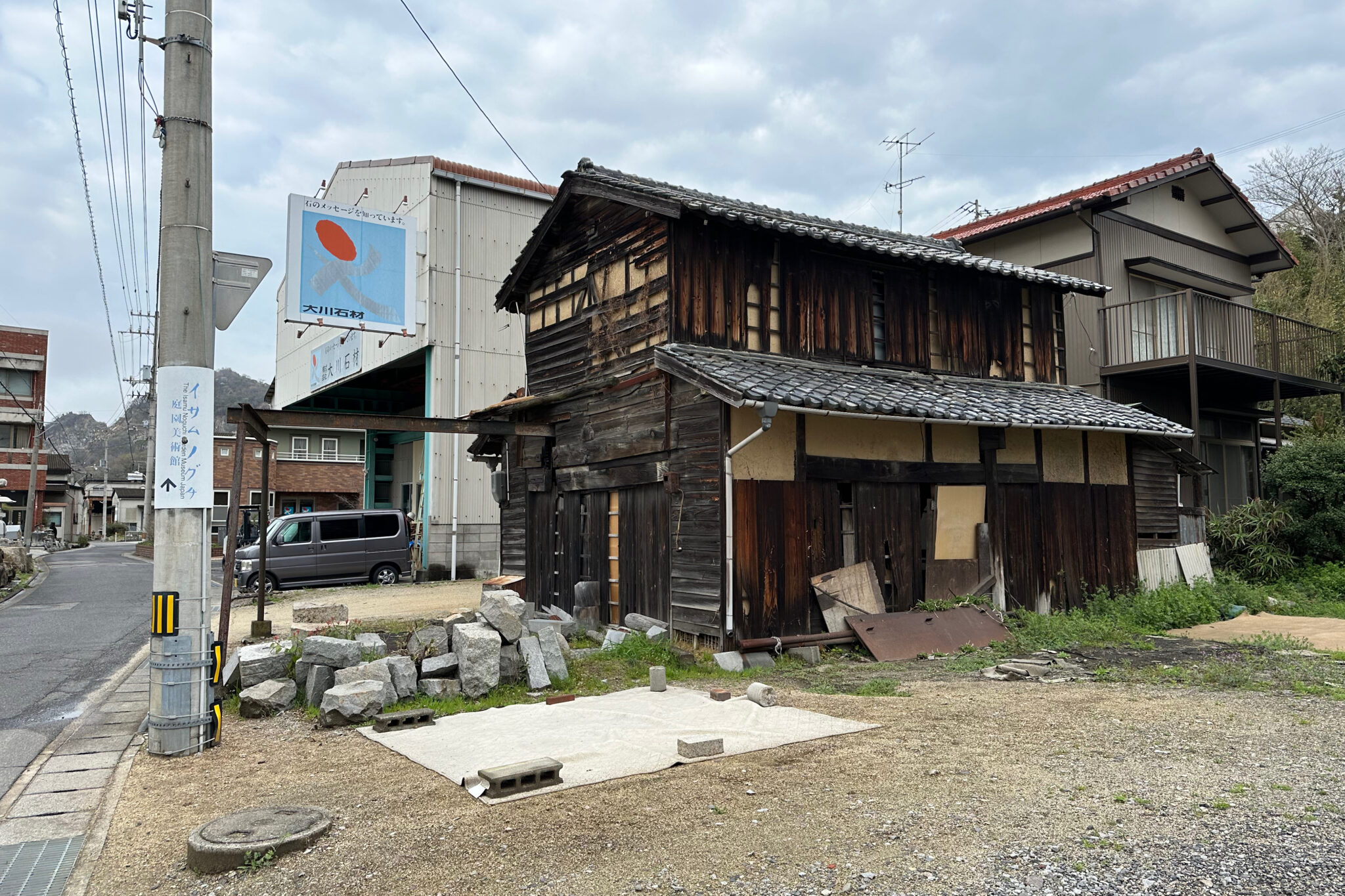
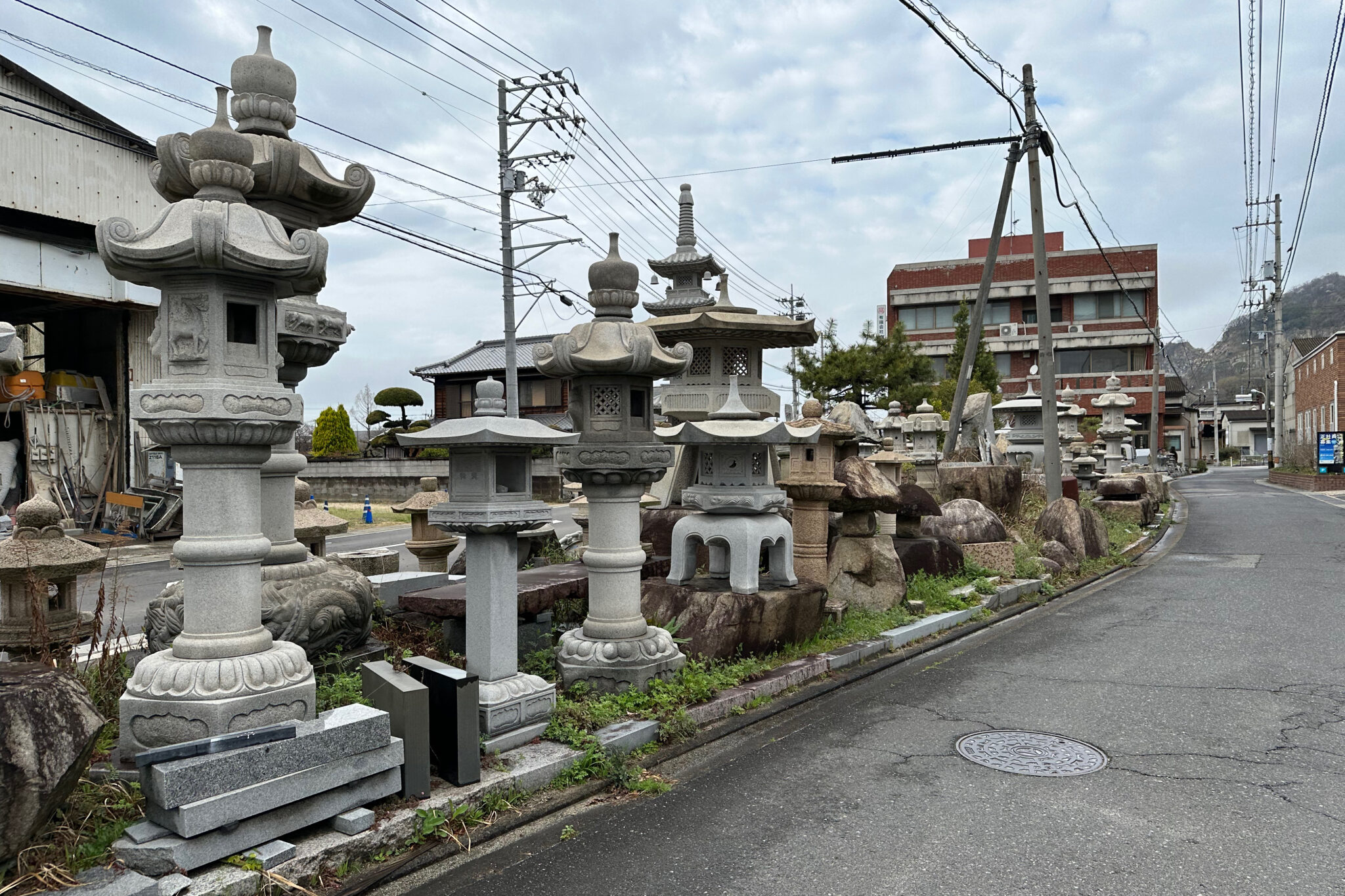
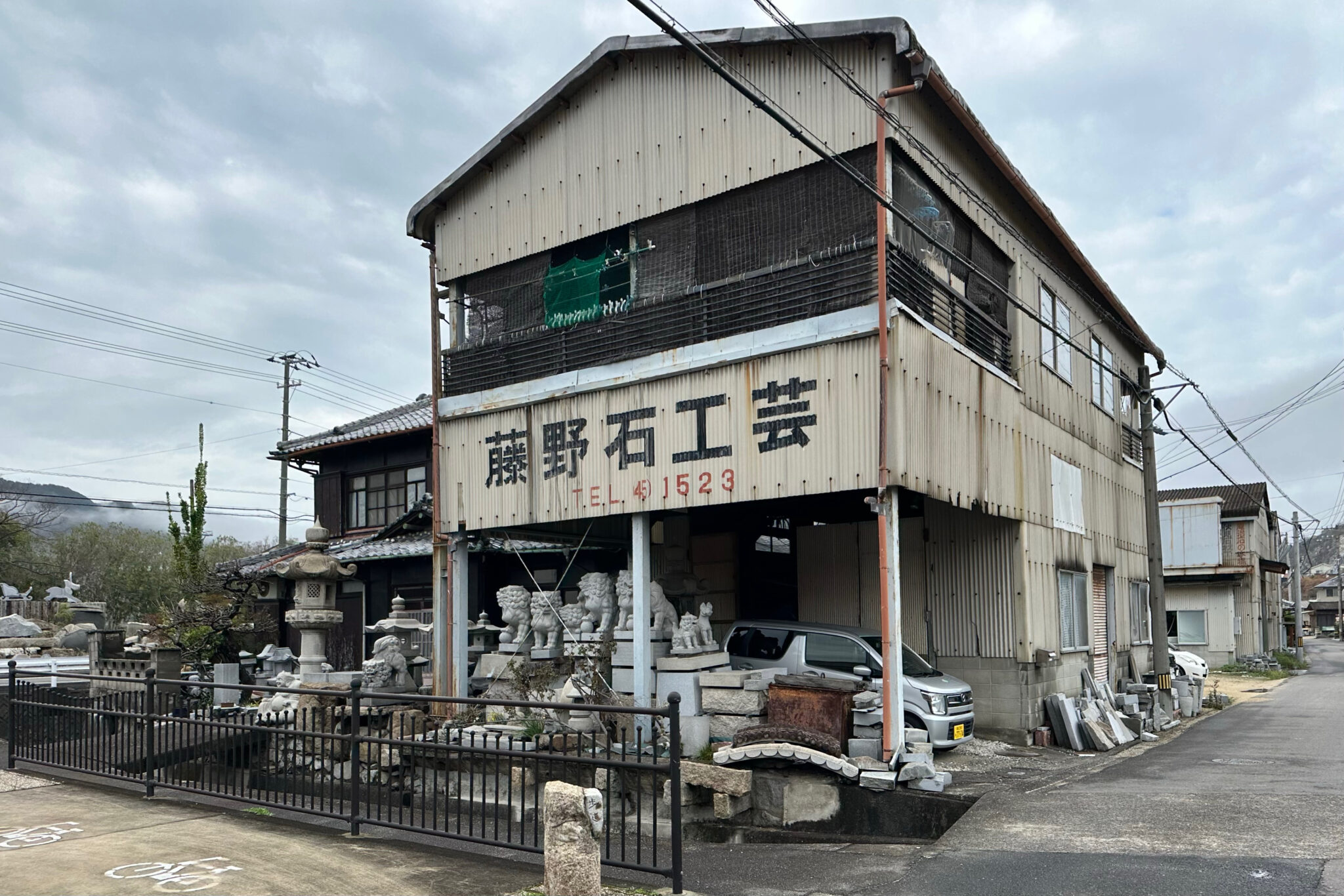
Fittingly the walk to the museum took us past countless commercial stone mason workshops with huge half-finished pieces presumably destined for temples or shrines sitting by the roadside.
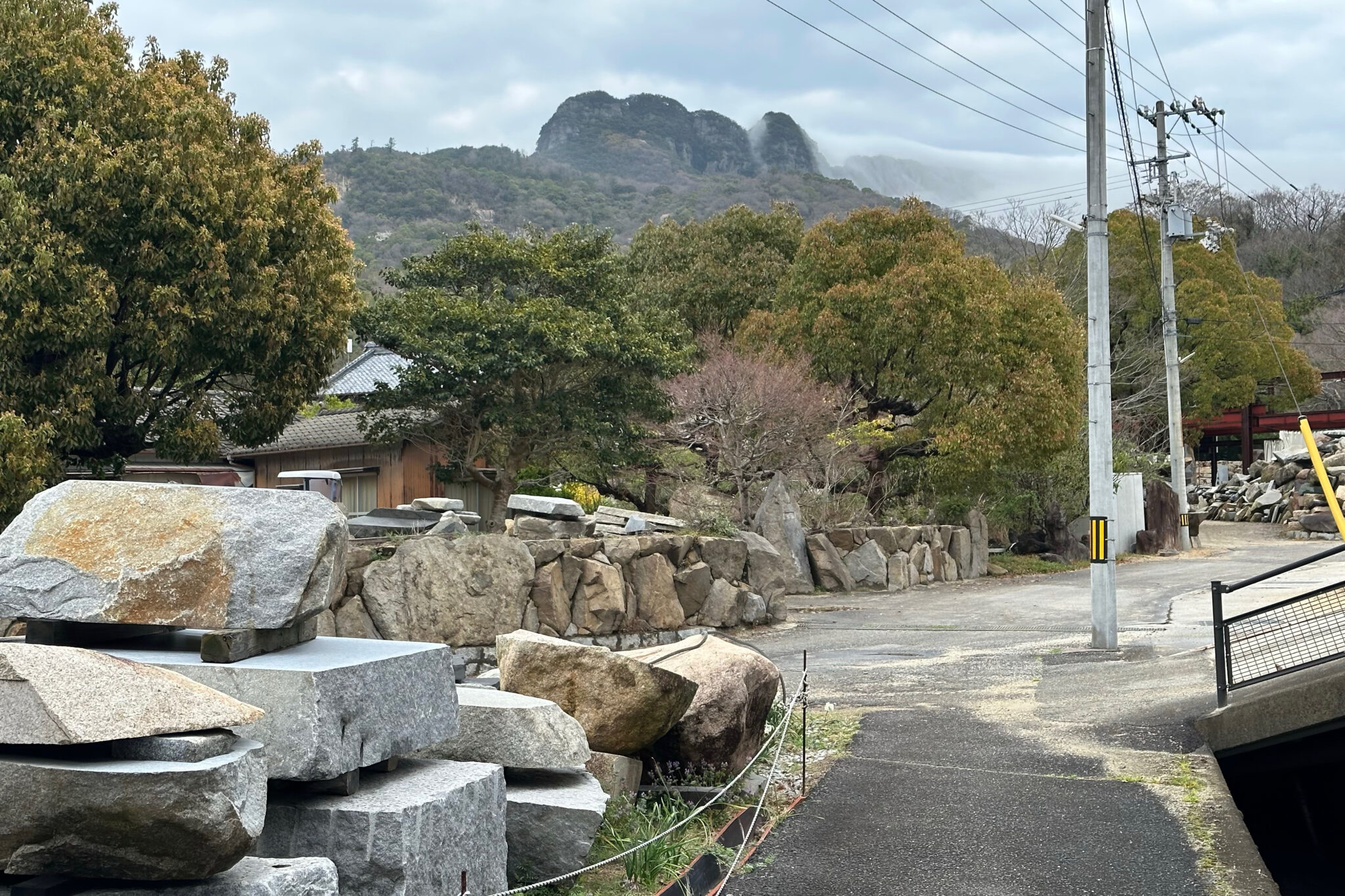
Isamu Noguchi (1904-1988) was the son of Yone Noguchi, a Japanese poet and scholar of English literature, and of Leonie Gilmour, an American poet and writer.
He is known for his innovative sculptures, gardens, furniture and lighting designs, architecture, landscapes, and set designs. His diverse body of work, at once subtle and bold, traditional and modern, blending organic forms with abstract geometries, set a new standard for the reintegration of the arts.
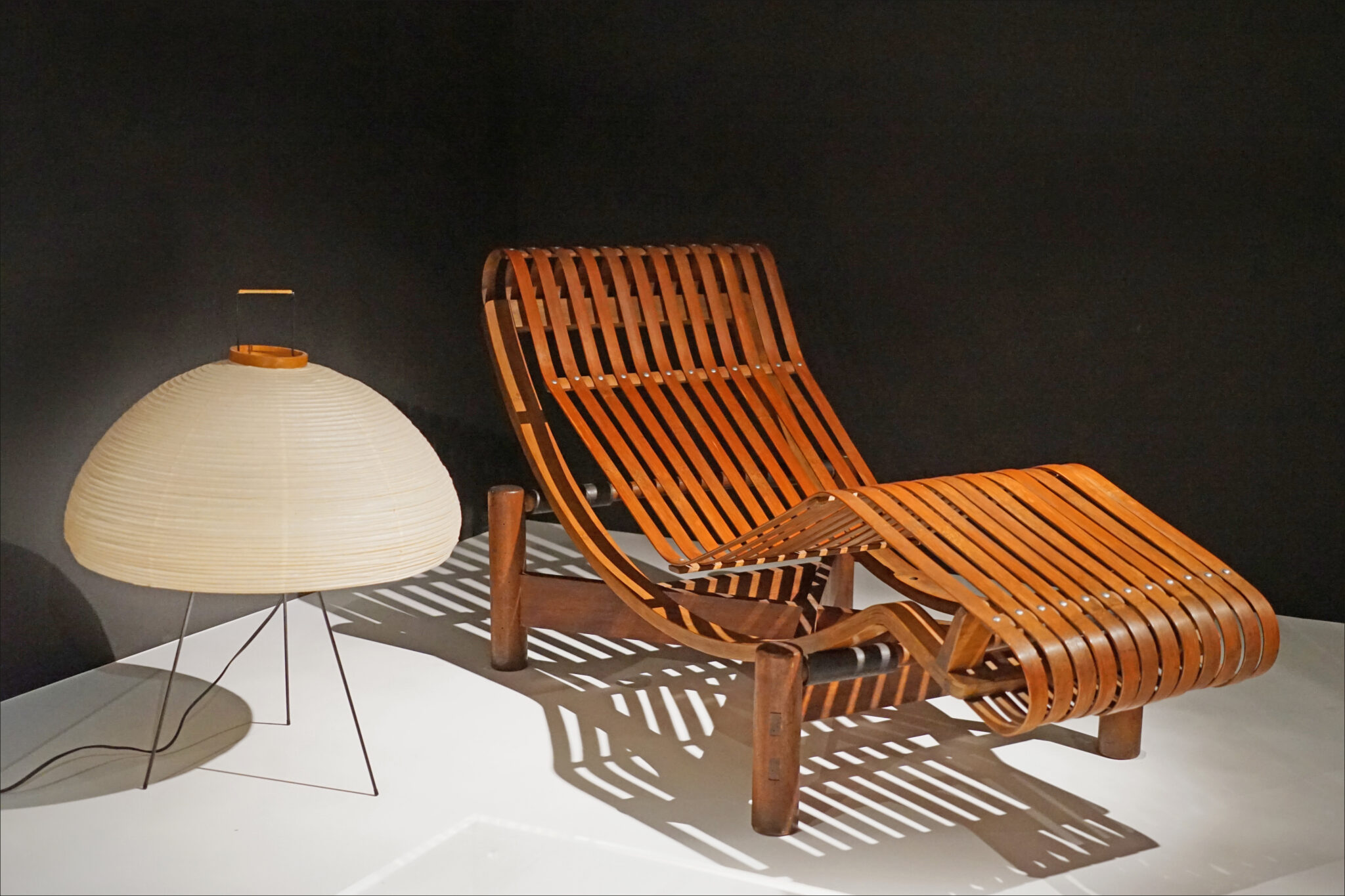
Noguchi maintained studios both in Takamatsu and New York, both places hosting museums in his name today. A lot of his work draws inspiration from his dual Japanese-American identity.
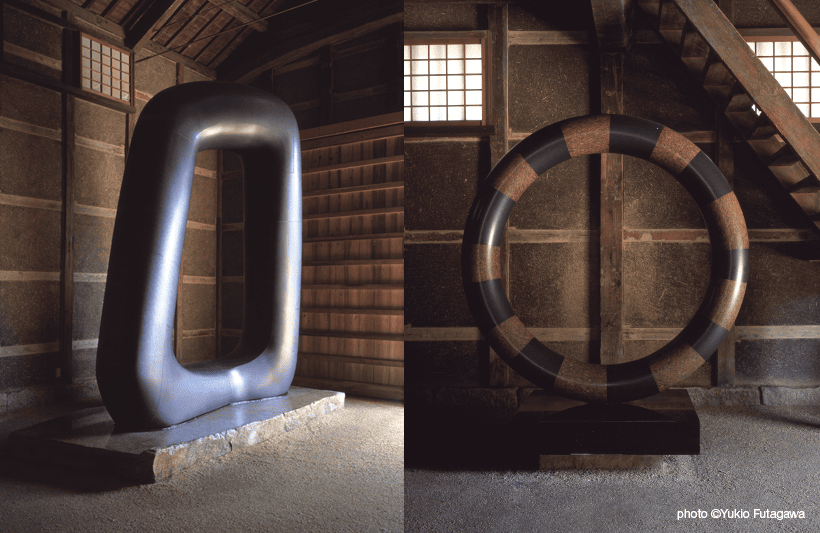
Sadly the museum has a strict no-photography policy, so you will just have to imagine a perfectly manicured garden and historic warehouse filled with his tools and works, some of which were still in progress at the time of his death. You’re also able to take a peek inside his traditional residence from the outside.
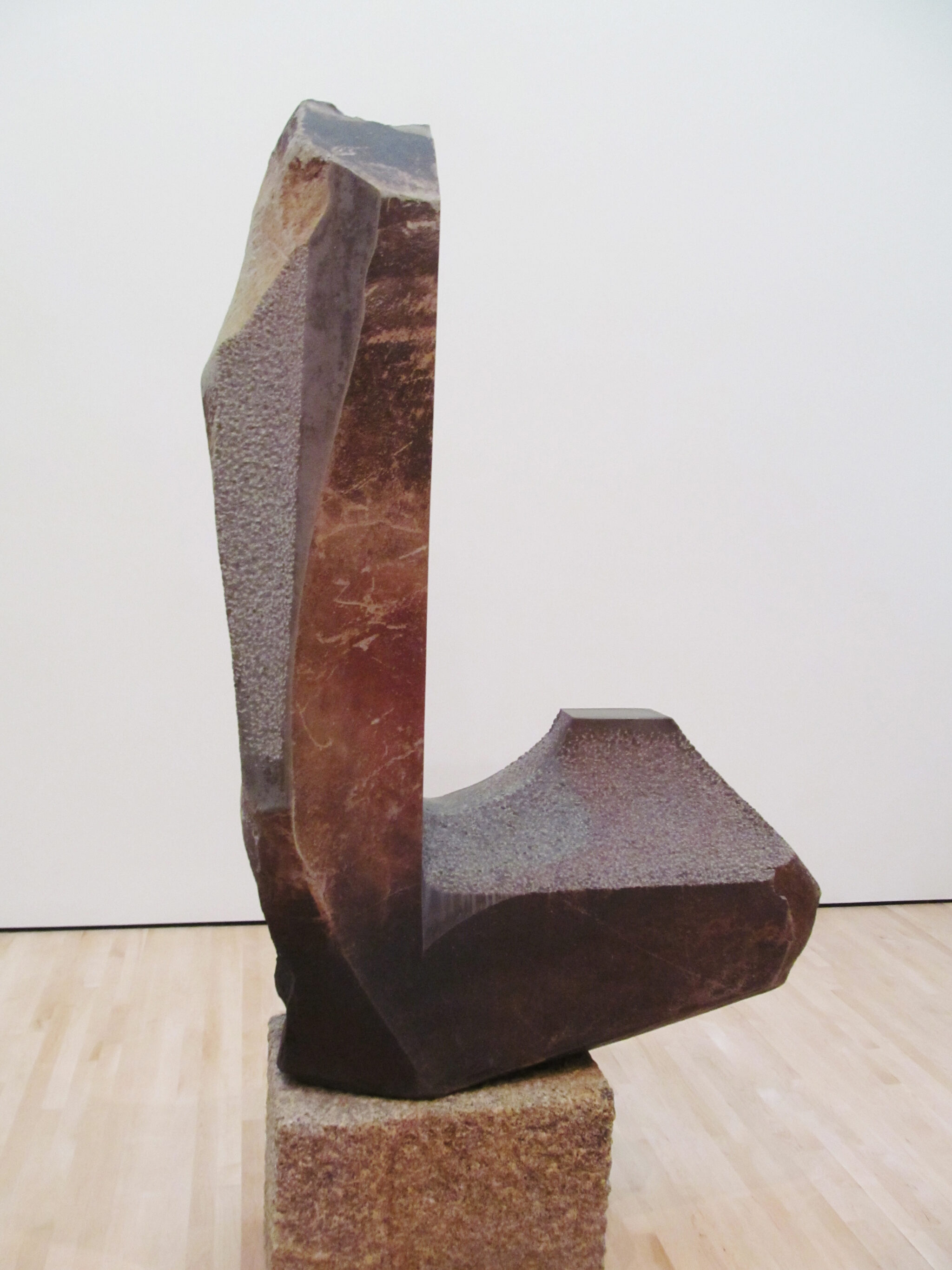
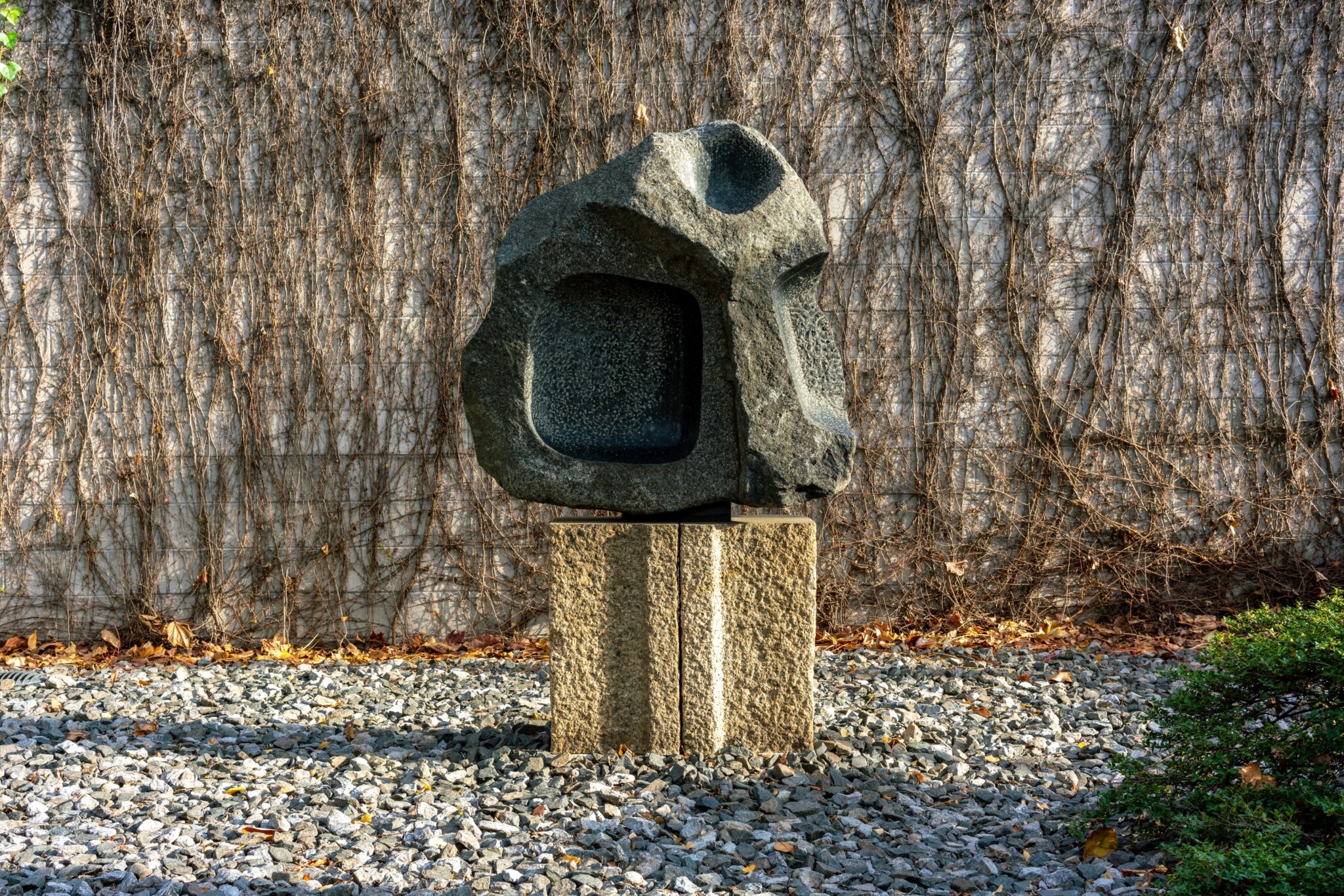
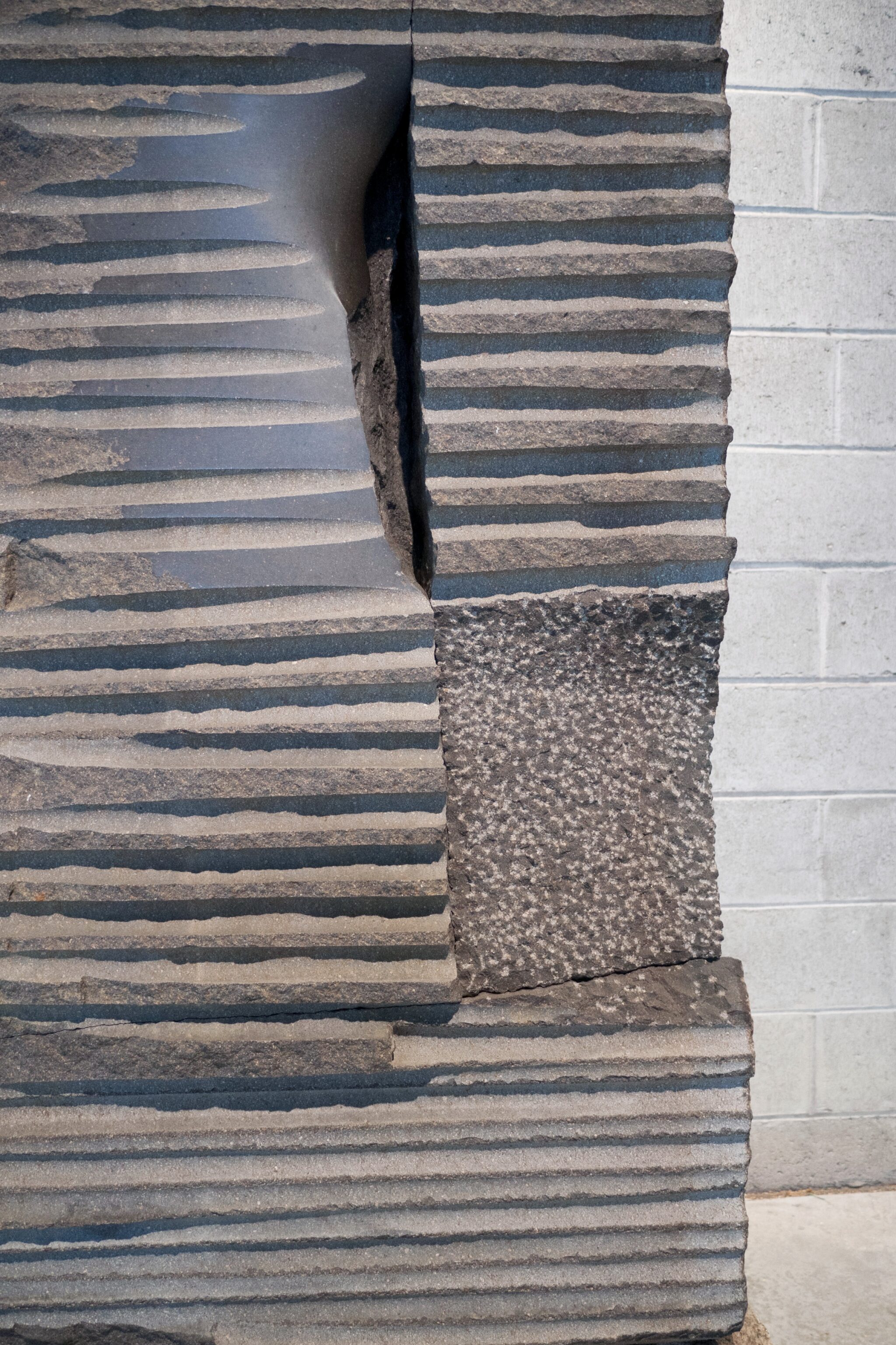
His work is hard to explain in words but the way in which the interiority of the stone is revealed through how they have been cut and finished is inspired. It begs to be touched which is of course no.1 on the list of things you’re not allowed to do here.

Possibly my favourite part of the museum is a landscaped hill overlooking the flat land between Yashima-ji and Yakuri-ji, temples number 84 and 85 of the Shikoku Pilgrimage respectively. I have a strong memory of walking between these two high points on Day 47 towards the end of my walk in 2016 and it is here that some of Noguchi’s ashes are kept in a huge sculpture on the top.
Advanced reservations by email, postcard or fax (!) are required to visit the museum.

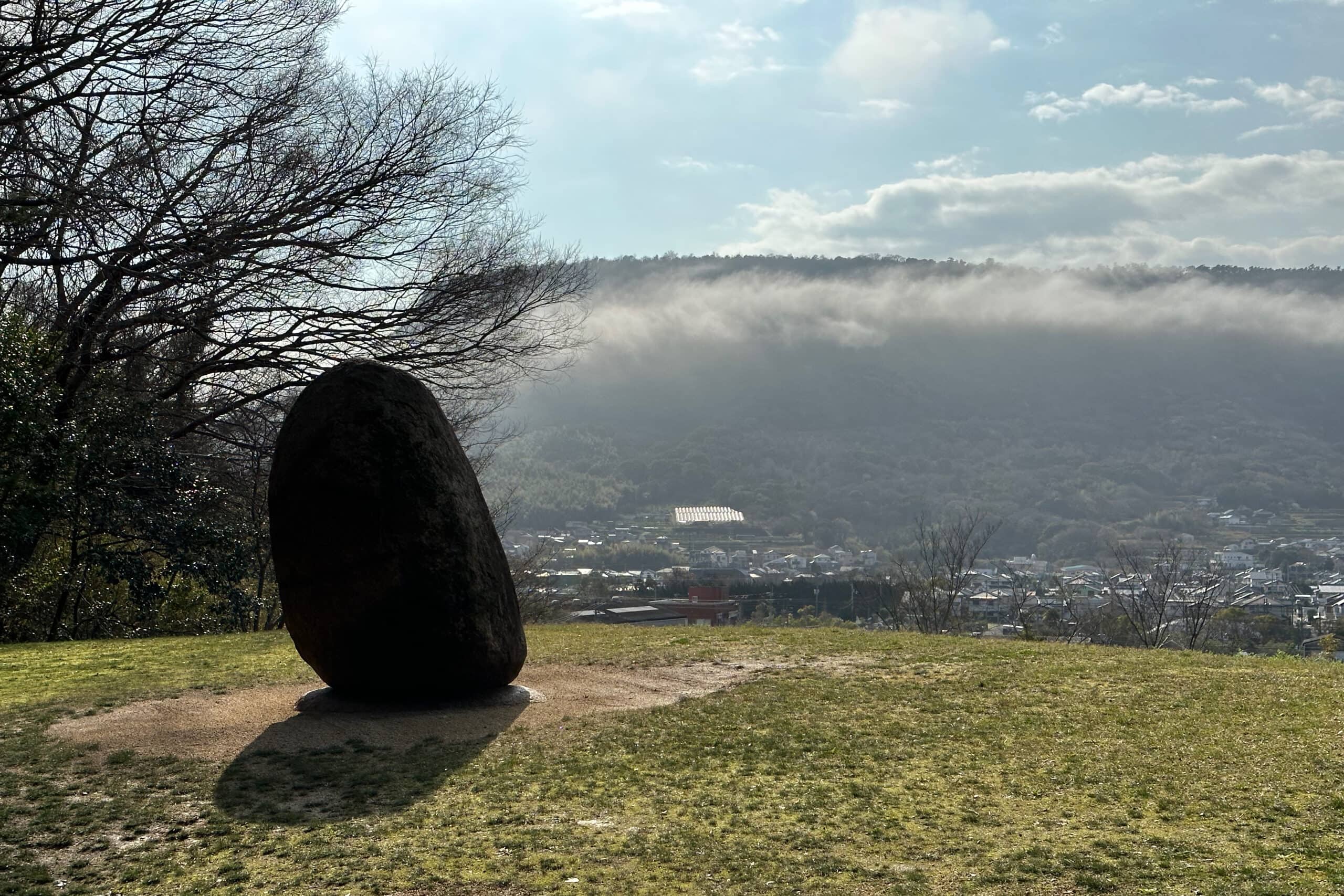
Reply